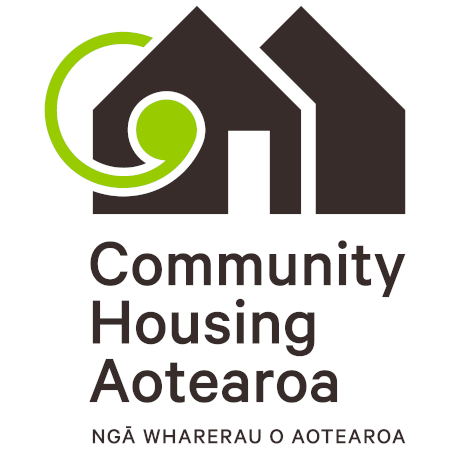4 April 2017
Inclusionary zoning report released
Research finds that having an affordable home next
door provides wider community benefits with no negative
effects
New research has found that there is no significant impact on house prices where inclusionary zoning was used to deliver affordable homes in local neighbourhoods.
The research prepared by Sense Partners economist Shamubeel Eaqub analysed Queenstown Lakes District house price data from 2008 to 2016. It focused on houses within a 150m radius of an affordable home provided through inclusionary zoning policies, and compared these with other houses in the area, broken down by number of bedrooms and type.
The result was that there was an insignificant impact on house prices as a result of including affordable housing in the local neighbourhood.
“Some opposed to including affordable housing in new developments have often argued it brings down the price of the rest of the neighbourhood, says Scott Figenshow, Chief Executive of Community Housing Aotearoa. On the other hand, some argued that it makes the other homes more expensive. This research shows that both of these fears are unfounded.”
Inclusionary zoning requires new developments to provide a component of the homes being built to be affordable for low to middle income earners. The benefit to the community is huge.
Julie Scott, Executive Officer of the Queenstown Lakes Community Housing Trust, reports that the Trust have assisted 139 households to secure homes since April 2008: 110 in Shared Ownership, 7 in Rent Saver, and 22 in Affordable Rental.
“While this is not nearly enough to satisfy current demand, this has played an essential part for high need and working families to remain an integral part of our community – our teachers, police, social workers, tradespeople, front-line hospitality and tourism staff – to name just a few.”
“This report considers the impact of affordable housing on neighbouring properties. We looked at Queenstown which has used a suite of tools in recent years to deliver retained affordable housing, of which inclusionary zoning is one component says report author Shamubeel Eaqub.
“We found no significant variation in house price changes in Queenstown between houses neighbouring affordable properties and control groups. The benefits clearly outweigh any risks,” notes Shamubeel Eaqub.
When used wisely, inclusionary zoning is one of a range of tools to use where there is a mismatch between what the market is delivering and what the local community needs to house its workforce and under-served communities.
“Queenstown Lakes District Council, with developer support, piloted this policy and led the country to show how low-moderate income New Zealanders can get into safe, warm, affordable homes. QLCHT has combined this with shared home ownership and rental programmes so this could happen,” said Julie Scott.
“As a trust, we have been able to match the $14.4 million in land value that came from new developments with $4.8 million grants from the Crown. This has grown now to $28 million invested in homes throughout the district, recycled and retained long term for current and future generations.”
“Inclusionary zoning policies should be self-limiting: triggered only on the back of formal housing assessments of inadequate affordable housing supply, and measured against objective definitions agreed by the local community, or national standards,” Shamubeel Eaqub says.
“Community Housing Aotearoa is keen to promote an evidence-based debate on the tools that will ensure all New Zealanders are well-housed,” Scott Figenshow says.
“We are grateful to Sense Partners to have worked through the internationally recognised methodology for conducting this research, a first in New Zealand.
“There are many further questions that can be explored from this research, and we hope others will pick up that opportunity.” For example the report authors caution that “Regulators should pay heed to other concerns from neighbours of affordable housing, particularly around the impact of design and density on neighbourhoods, and not to overly concentrate affordable housing in one location.”
ends



 Gordon Campbell: On The Public Sector Carnage, And Misogyny As Terrorism
Gordon Campbell: On The Public Sector Carnage, And Misogyny As Terrorism National Maori Authority: Maori Authority Warns Government On Fast Track Legislation
National Maori Authority: Maori Authority Warns Government On Fast Track Legislation NZ Government: Comprehensive Partnership The Goal For NZ And The Philippines
NZ Government: Comprehensive Partnership The Goal For NZ And The Philippines DoC: Canterbury Spotted Skink In Serious Trouble
DoC: Canterbury Spotted Skink In Serious Trouble Te Pāti Māori: Oranga Tamariki Cuts Commit Tamariki To State Abuse
Te Pāti Māori: Oranga Tamariki Cuts Commit Tamariki To State Abuse NZCTU: Inflation Data Shows Need For A Plan On Climate And Population
NZCTU: Inflation Data Shows Need For A Plan On Climate And Population Statistics New Zealand: Annual Inflation At 4.0 Percent
Statistics New Zealand: Annual Inflation At 4.0 Percent


